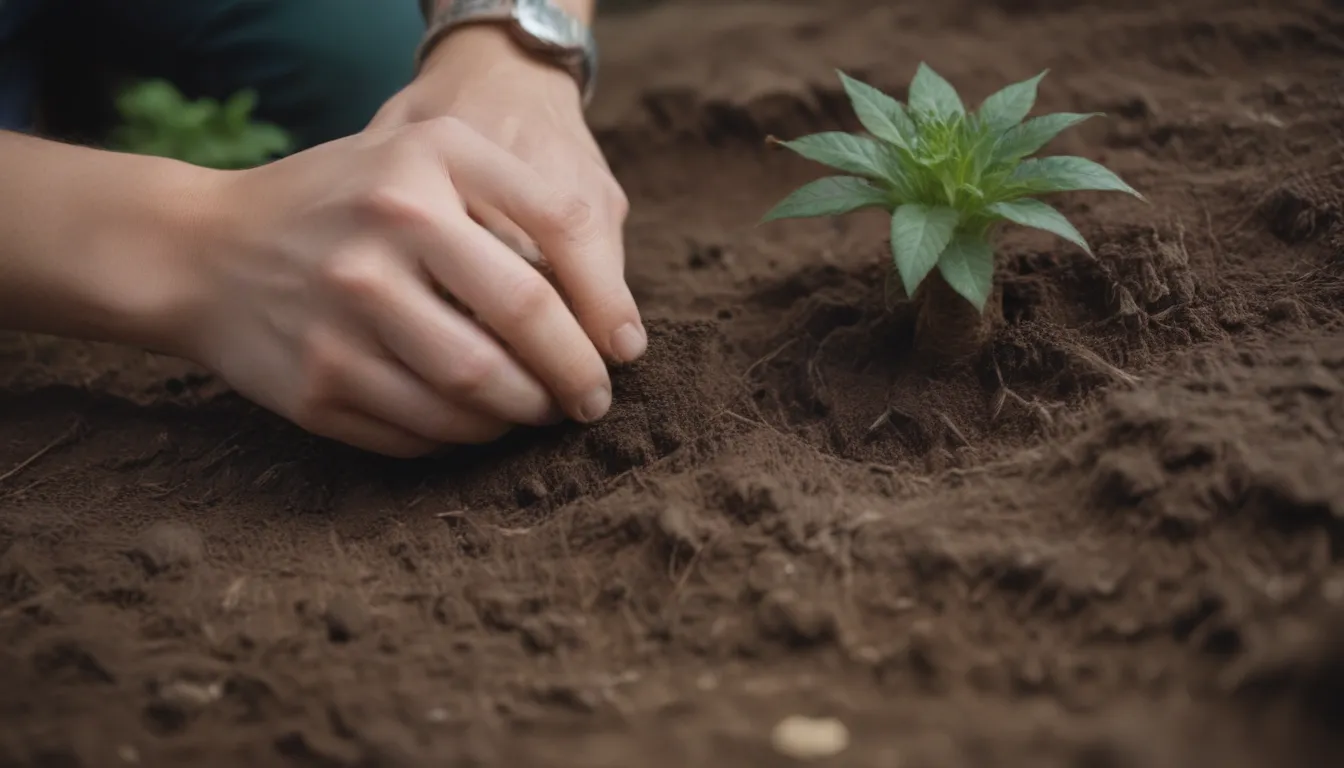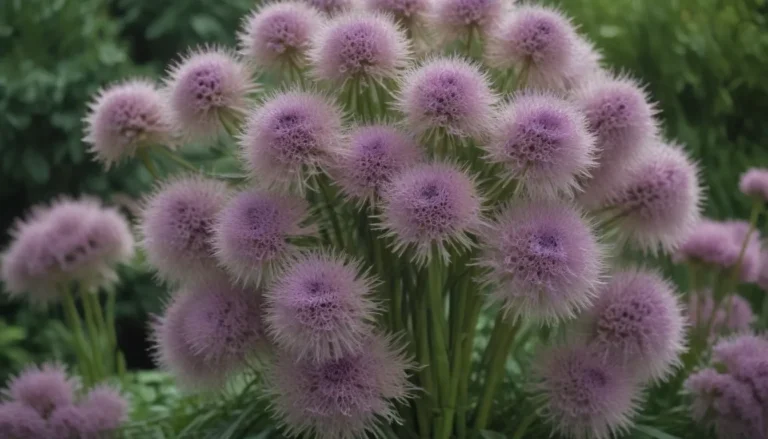Transforming Your Soil for Healthier Plants

Welcome to our guide on healthy soil and how to make it! Whether you’re working with a bare patch in your backyard or a full-fledged garden, understanding the intricacies of soil health is crucial for the success of your plants. Healthy soil is the foundation for vibrant, thriving plants, as it provides essential nutrients and support for their growth. In this comprehensive article, we’ll delve into the key characteristics of healthy soil, explore the different types of soil, and provide practical tips for improving the soil in your garden or landscape.
The Importance of Healthy Soil
Healthy soil plays a crucial role in the growth and development of plants, regardless of the initial soil quality. It goes beyond simply adding fertilizer and encompasses a deeper understanding of soil composition, pH levels, organic content, and potential improvements. By cultivating healthy soil, you can enhance the overall health of your plants, making them more resilient to pests and diseases while promoting robust growth and appearance.
Healthy Soil Characteristics
When it comes to healthy soil, fertility is just one piece of the puzzle. There are several key characteristics that define healthy soil:
- Good Texture: Healthy soil should have a balanced texture that allows for proper water drainage and root development.
- High Organic Matter Content: Organic matter is crucial for enriching the soil with essential nutrients and promoting beneficial microbial activity.
- Healthy pH Levels: The pH of the soil influences nutrient availability to plants and plays a significant role in overall soil health.
Understanding Soil Types
Before you can improve your soil, it’s important to understand the different types of soil you may encounter. There are three main soil types, each with its own unique properties:
- Clay Soil: Known for its high water retention and compacted texture, clay soil can benefit from amendments to improve drainage and aeration.
- Sandy Soil: Characterized by its fast-draining nature and poor nutrient retention, sandy soil may require organic matter to enhance its fertility.
- Loam: Considered the ideal soil type for gardening, loam consists of a balanced mixture of sand, silt, and clay, providing optimal conditions for plant growth.
Tips for Improving Soil Quality
Once you’ve identified the soil type in your garden, you can take steps to improve its quality and create a healthy growing environment for your plants. Here are some practical tips for transforming poor soil into nutrient-rich soil:
- Test Your Soil: Conduct a soil test to determine its pH levels and nutrient composition, allowing you to make informed decisions about necessary amendments.
- Add Organic Matter: Incorporate organic matter such as compost, manure, or leaf mulch to enrich the soil with essential nutrients and improve its structure.
- Adjust Soil pH: If your soil is too acidic or alkaline, consider using amendments to bring it to the optimal pH range for plant growth.
- Avoid Soil Compaction: Refrain from walking or compacting the soil excessively, as it can restrict root growth and water infiltration.
- Minimize Disturbance: When working in the garden, try to disturb the soil as little as possible to preserve its structure and microbial activity.
The Five Ingredients of Healthy Soil
To truly understand healthy soil, it’s essential to recognize the five key ingredients that contribute to its overall health:
- Minerals: Essential for plant growth and nutrient uptake, minerals provide the foundation for soil fertility.
- Water: Proper water management is crucial for plant hydration and nutrient transport within the soil.
- Gas: Oxygen is necessary for root respiration and microbial activity, promoting soil health and nutrient cycling.
- Organic Material: Comprised of decaying plant matter, organic material enriches the soil with nutrients and supports microbial populations.
- Living Organisms: From earthworms to bacteria, living organisms play a vital role in soil health by decomposing organic matter and cycling nutrients.
By understanding the role of each ingredient and maintaining a balanced soil ecosystem, you can create a thriving environment for your plants to flourish.
Creating Your Own Nutrient-Rich Soil
While you can certainly purchase commercial soil amendments, creating your own compost can be a cost-effective and sustainable way to produce nutrient-rich soil for your garden. By combining organic materials such as kitchen scraps, yard waste, and manure, you can generate a valuable resource that enhances soil fertility and promotes plant growth. Additionally, producing your own compost allows you to customize the nutrient content and tailor it to the specific needs of your plants.
Signs of Healthy, Nutrient-Rich Soil
In addition to soil testing, there are several visual indicators that can help you assess the health and fertility of your soil:
- Heavy Insect Activity: A diverse range of insects in the soil indicates a healthy ecosystem with robust microbial activity and nutrient cycling.
- Dark, Crumbly Texture: Healthy soil should have a rich, crumbly texture that promotes root development and allows for efficient water and nutrient absorption.
By observing these signs and implementing proper soil management practices, you can cultivate nutrient-rich soil that supports the growth and vitality of your plants.
Additional Resources
For further information on soil management and gardening practices, consider exploring the following resources:
- Soil Management in Home Gardens and Landscapes: Penn State University Extension offers valuable insights on soil health and sustainable gardening techniques.
- Soil Basics: The University of Maryland Extension provides comprehensive guides on soil composition, testing, and improvement strategies.
- Basic Soil Components: The National Institute of Food and Agriculture offers educational resources on the fundamental components of healthy soil and their importance for plant growth.
In conclusion, healthy soil is the cornerstone of a successful garden, providing essential nutrients, structure, and support for thriving plants. By understanding the characteristics of healthy soil, identifying soil types, and implementing proven soil improvement strategies, you can create an optimal growing environment for your plants. Whether you’re a seasoned gardener or a beginner, investing in healthy soil can yield bountiful rewards in the form of vibrant, flourishing plants and a sustainable garden ecosystem. Happy gardening!





